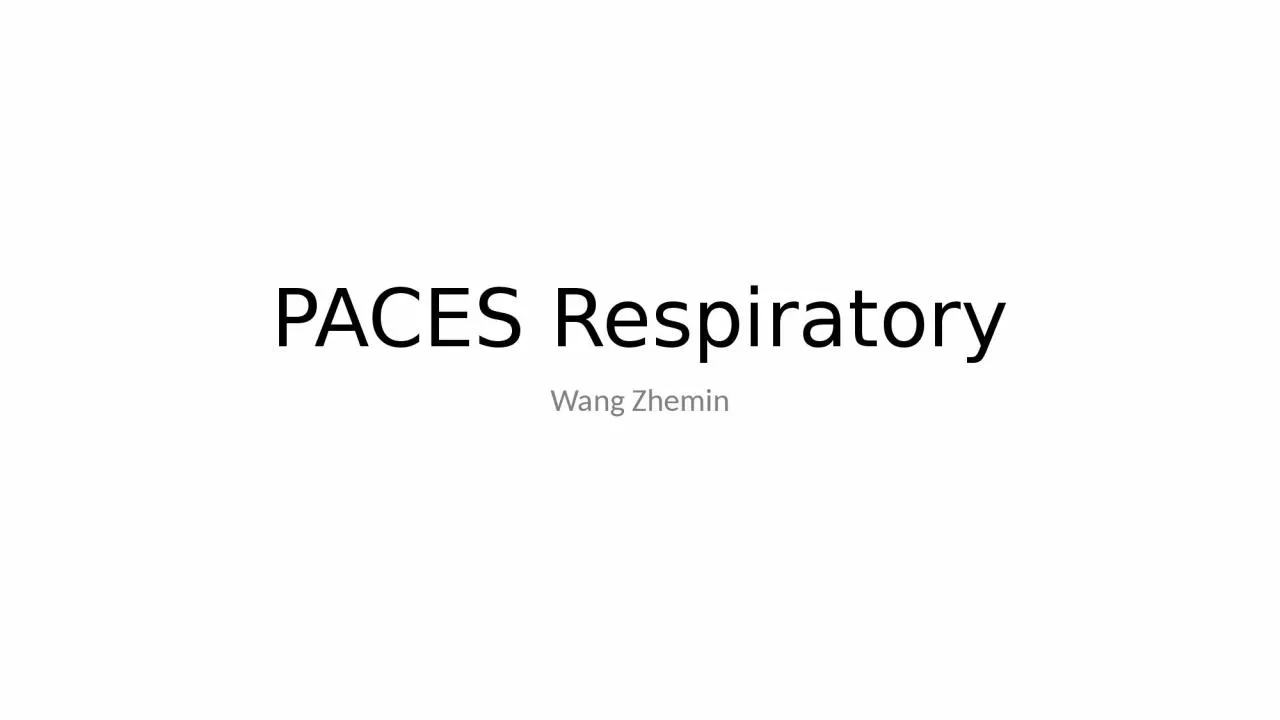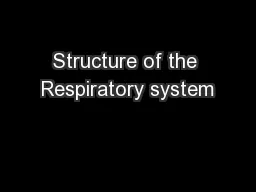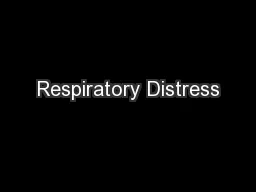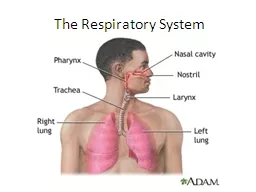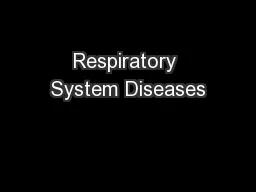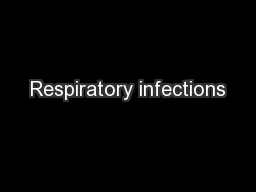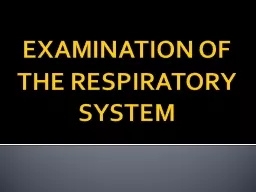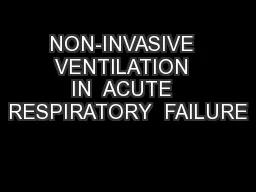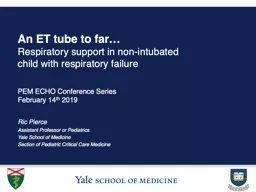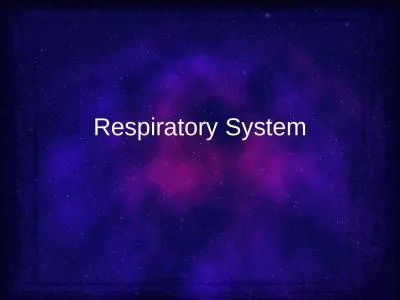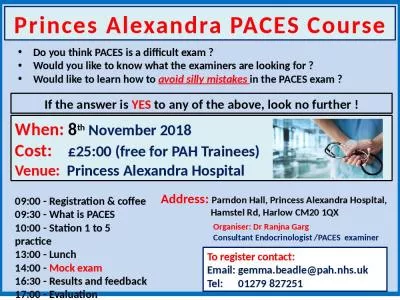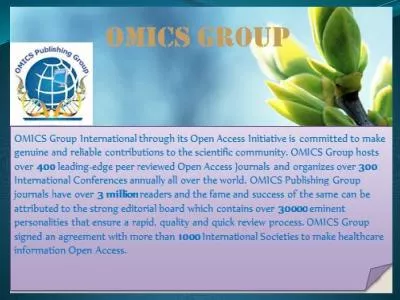PPT-PACES Respiratory Wang Zhemin
Author : reese | Published Date : 2024-02-02
Outline Types of Cases Approach Examination Tips Presentation Investigations Management Specific Conditions Types of Cases Commonest ILD Bronchiectasis PneumonectomyLobectomy
Presentation Embed Code
Download Presentation
Download Presentation The PPT/PDF document "PACES Respiratory Wang Zhemin" is the property of its rightful owner. Permission is granted to download and print the materials on this website for personal, non-commercial use only, and to display it on your personal computer provided you do not modify the materials and that you retain all copyright notices contained in the materials. By downloading content from our website, you accept the terms of this agreement.
PACES Respiratory Wang Zhemin: Transcript
Download Rules Of Document
"PACES Respiratory Wang Zhemin"The content belongs to its owner. You may download and print it for personal use, without modification, and keep all copyright notices. By downloading, you agree to these terms.
Related Documents

